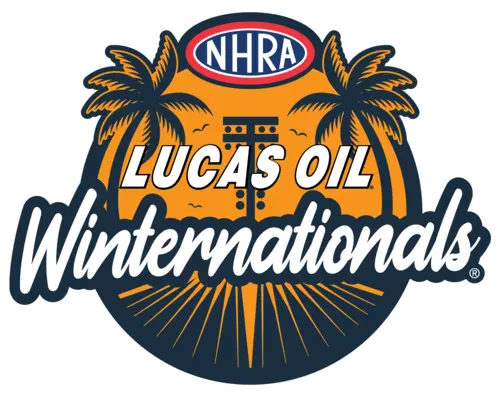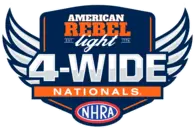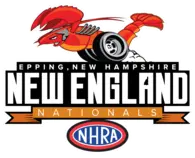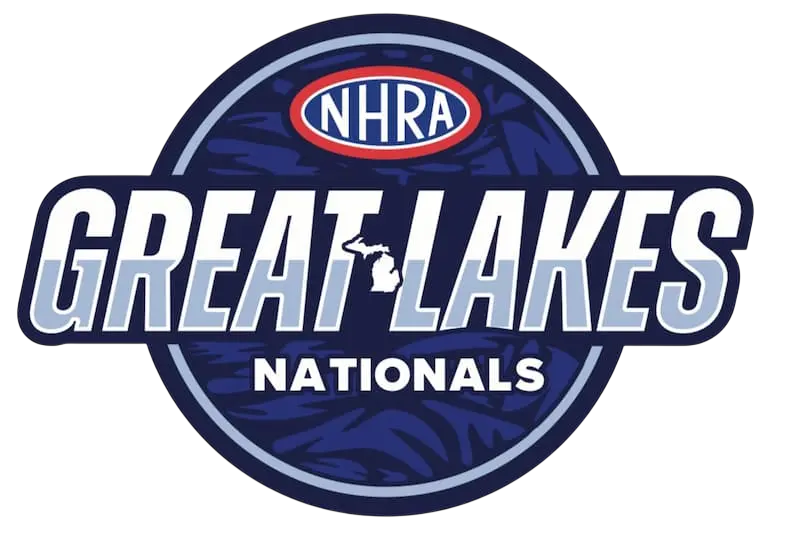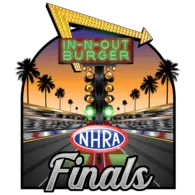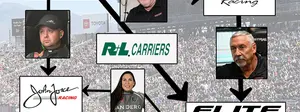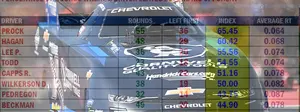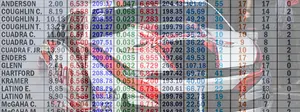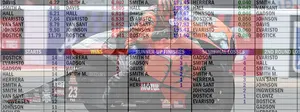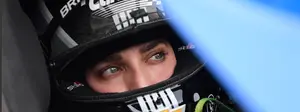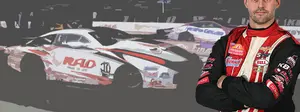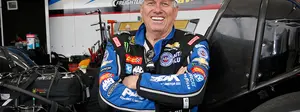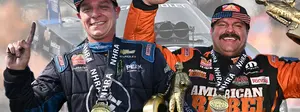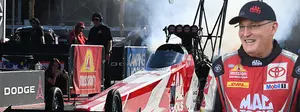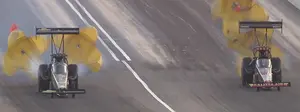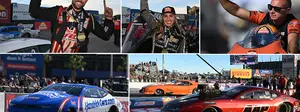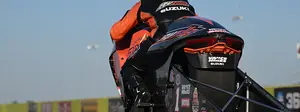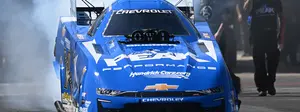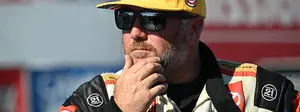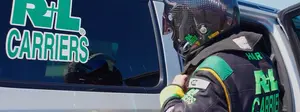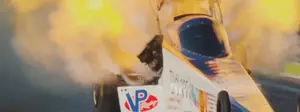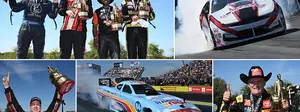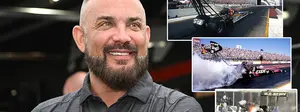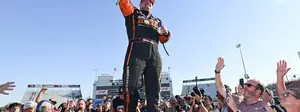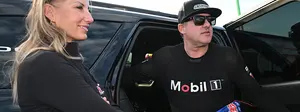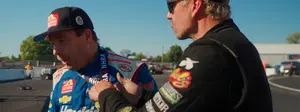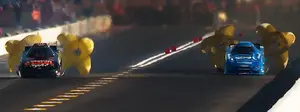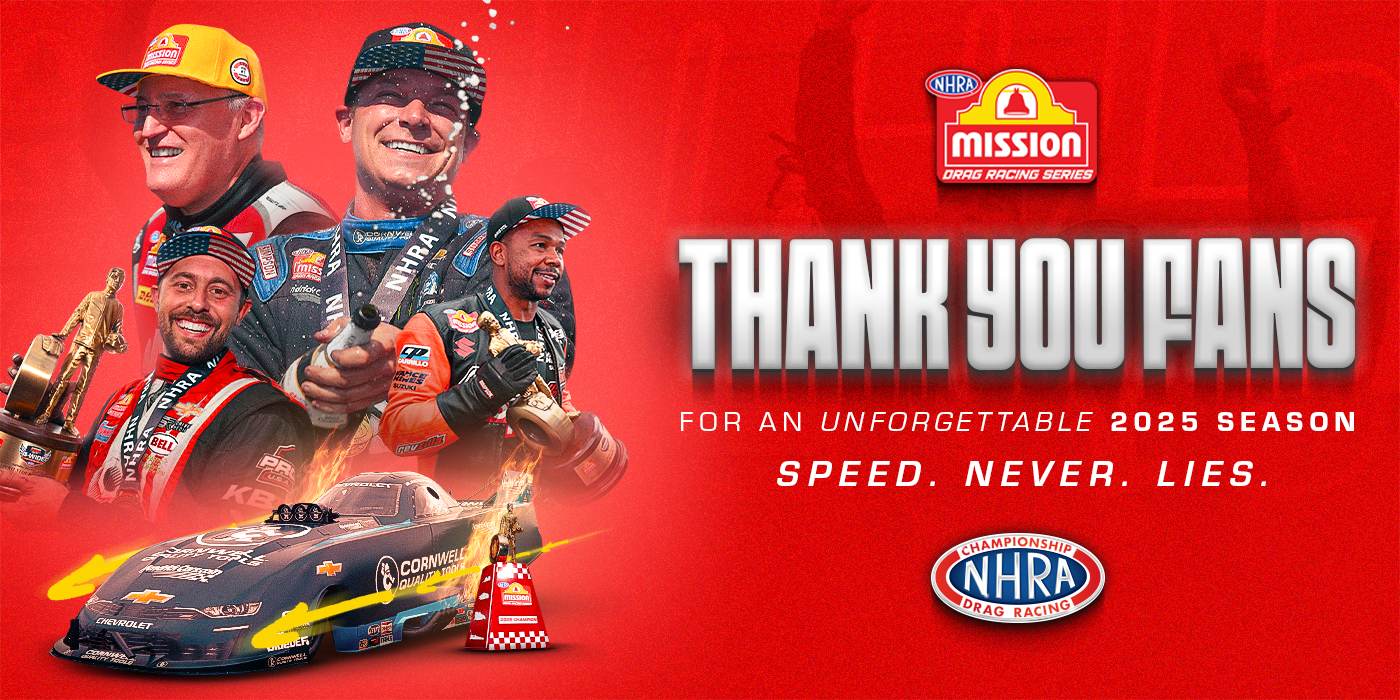

Top Fuel air deflectors: What they do and why some teams aren't running them
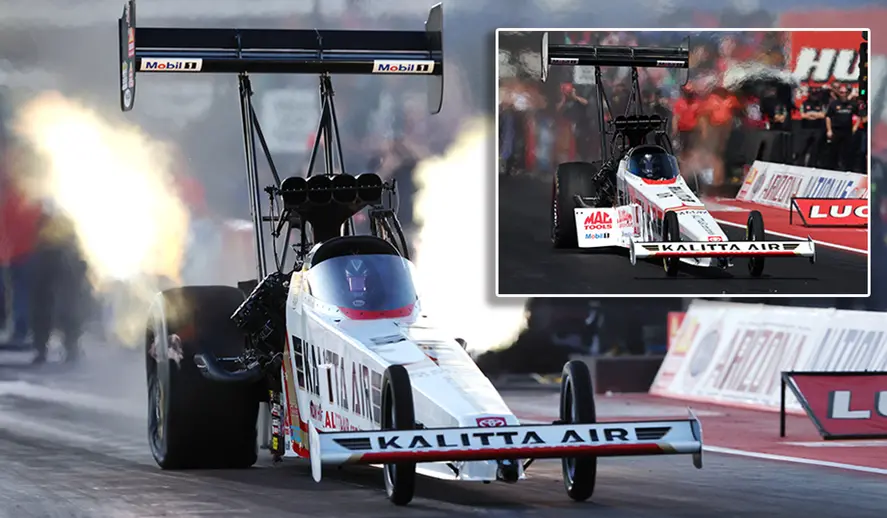
Shortly after the season-opening Amalie Motor Oil NHRA Gatornationals, NHRA officials announced that for the next four events – in Phoenix, Pomona, Las Vegas, and Charlotte – Top Fuel teams had the option to remove the side deflector panels — often referred to as "mud flaps" — to test and gather data on their effect on aerodynamics.
Several teams – John Force Racing, Kalitta Motorsports (both cars), Antron Brown Racing, and Shawn Reed Racing — experimented on and off at the NHRA Arizona Nationals with removing the flaps. While it’s still too early to make any conclusions, it was interesting to see the cars running without the deflectors, which have been on Top Fuel cars since the early 1990s – first experimented with on Don Prudhomme’s Skoal Bandit in 1990 after he suffered two wheelstand blowovers – and were soon added as a requirement in the NHRA Rulebook.
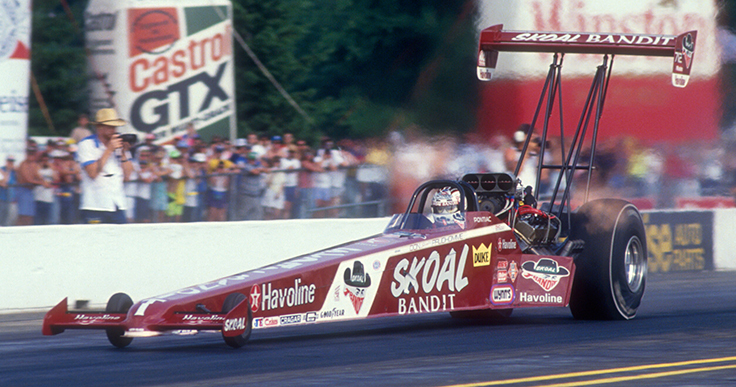
But that was more than 30 years ago, and as rear wings became more efficient and track prep got better, especially in the last few years, the rear tires began to show signs of distress, and the thought became that maybe the side deflectors were overkill.
For more than a year, Slugger Labbe and the Toyota Racing Development (TRD) team have been working behind the scenes to refine aerodynamics and the impact of the deflectors on both safety and performance.
"Everything we do is about running faster, but safety is always a big part of that too,” said Labbe.
With advanced computational fluid dynamics (CFD) modeling, TRD first analyzed how air moves around the dragsters, particularly in comparison to Funny Cars.
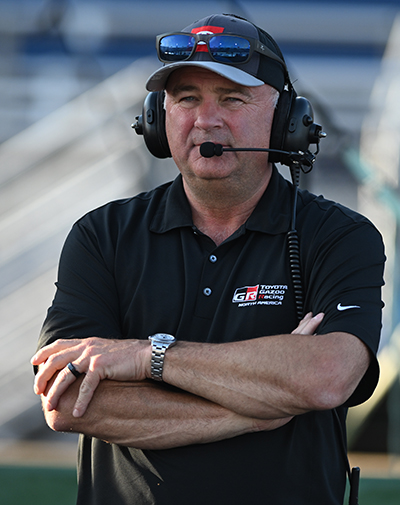
"With a Funny Car, there's more adjustability in the body," Labbe noted. "But with a Top Fuel dragster, they're already at the limit. There wasn’t much they could do to take more downforce off the rear tires.
"There are very limited rules on [the deflectors]," Labbe pointed out. "A maximum dimension, but no minimum. So, our intention first was to redesign them — change the angles, sizes, and locations — but NHRA shut that down. So, we said, ‘OK, since there’s no minimum size, what if we just take them off altogether?’ That, too, was met with resistance. Eventually, we handed all our data over to Brian Husen and Chad Head of Kalitta Motorsports, who took it to NHRA, who finally agreed to a four-race test period.”
Removing the flaps shifts weight distribution, reducing rear downforce and easing the load on the tires.
"We've seen it work in Funny Cars — when we take rear downforce off, the tire issues go away," Labbe said. "So, why not apply that lesson to dragsters?"
Less downforce also means less drag, potentially increasing straight-line speed, and the removal or addition also provides another tuning tool for the crew chiefs.
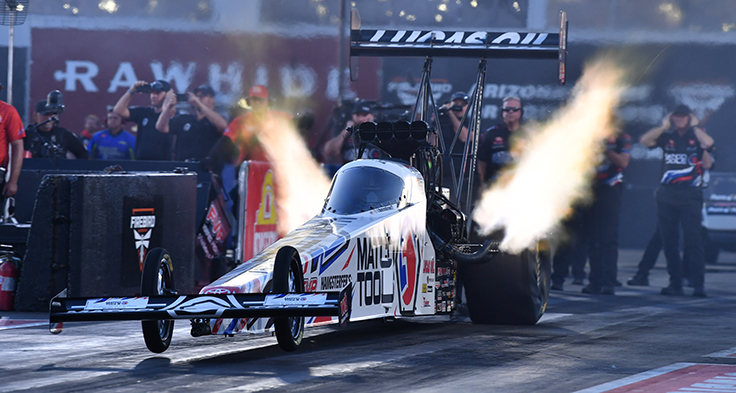
“It’s just another option, right?” Labbe explained. “It's really easy. And if you feel like you don’t have enough downforce after removing the flaps, you can just pull more rear wing into it. It becomes a tuning tool for teams."
Although the hot track in Phoenix didn’t allow for as much traction, the upcoming Lucas Oil NHRA Winternationals at In-N-Out Burger Pomona Dragstrip should provide a better test case.
"I think when we get to Pomona at night, you’ll see more teams take them off," Labbe predicted. "It’s another tool in the toolbox. If a run is delayed and conditions change, teams have another way to adjust."
Asked about the downforce numbers that the deflectors generate, Labbe cautiously sidestepped the question and proprietary information TRD possesses.
"We’re not racing NHRA — we’re racing Brittany Force and everyone else, so we have to be careful of how much information we get out. But at the end of the day, we feel like this is a good tool.”
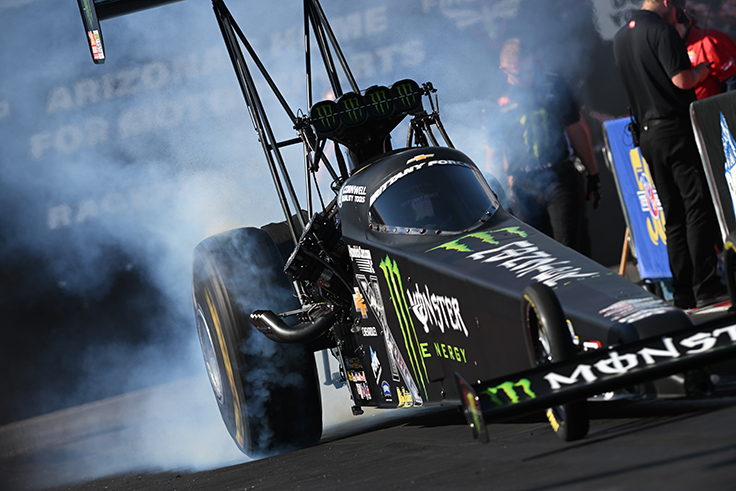
Speaking of Force, crew chief David Grubnic was one who had the deflectors on and off throughout the weekend, his curiosity piqued by a testing run they did before the Gatornationals where the Monster Energy car had the fastest-ever speed to halftrack – more than 302 mph – on a very cool and tacky Gainesville Raceway surface.
“One run proves nothing,” said the always analytic Australian acceleration ace. “It has to be done on a consistent basis. The Gainesville racetrack was not typical of what we race on, so I would call that an anomaly. So, based on that, I would call our 302 an anomaly; until we prove that we do it over and over and over again, I don't know why we still run them still. I don't know why they're there. I don't know if we get the downforce numbers that they're talking about, but I'm not disputing it either.
“I do know that [Phoenix] weekend might not be the good test," he added. "If you take them off here on the 130-degree racetrack and you smoke tires, is it because you took them off? You don’t know. But looking at the advanced weather for Pomona, we're going to be 70s, so the track could be good, and we could see the other side of it.
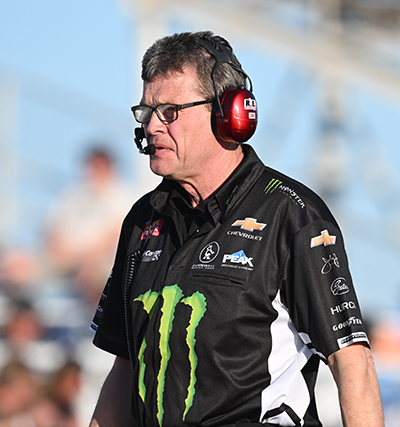
“We all know that Funny Cars are much more aerodynamic than dragsters," he said. "Just look at the rate of acceleration from halftrack on and the Funny Cars kill the dragsters because we have to push so much more through the air. So, we are over-winged, then we have enough downforce on the rear tire, so why do we need the extra downforce if all we're doing is introducing load onto the tire?
“In the end, there are a number of ways to look at the data, I would be looking at tire temperatures. I would be consulting with Goodyear," he continued. "I would be consulting with the crew chiefs. I'd get as much data as I could then let the rulesmakers decide.”
In a statement from Goodyear, the tire manufacturer said, “We have a limited data set so far, but we’ve seen a significant reduction in tire temperature when Top Fuel cars run without the mud flaps. At both the PRO Shootout test session in Bradenton, Fla., and the NHRA national event in Phoenix, the downforce reduction has resulted in tire temperatures reflecting those of the Funny Cars. It looks like we’ll have considerably cooler weather this weekend in Pomona, so we’re excited to see the result of running without the air deflectors (“mud flaps”) on and different track in different conditions.
“Only time will tell in the direction the NHRA ultimately decides to go regarding the mandatory use of air deflectors or not," it said. "We look forward to the lessons learned during this four-race trial period.”





